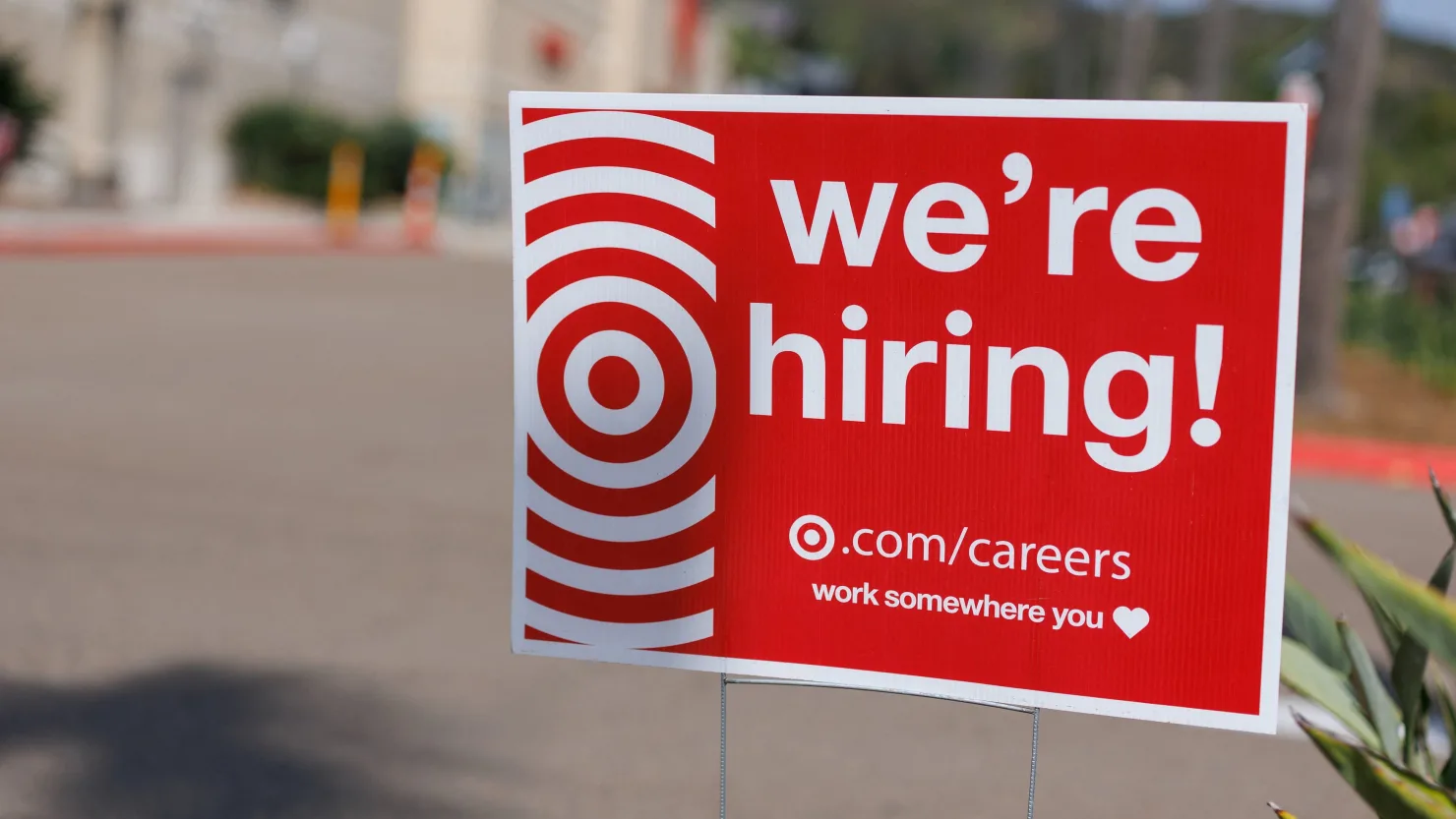Seasonal hiring in the retail sector is on track to fall to its lowest level since the 2009 recession, raising concerns that the upcoming holiday shopping season could be weaker than anticipated. Job placement firm Challenger, Gray & Christmas estimates that retailers may bring on fewer than 500,000 workers in the final quarter of 2025. That figure would represent the smallest seasonal gain in 16 years and an 8% drop compared with last year.
Andy Challenger, senior vice president at the firm, said employers are dealing with several headwinds at once. “Tariffs loom, inflationary pressures linger, and many companies continue to rely on automation and permanent staff instead of large waves of seasonal hires,” he noted. While retailers could step up hiring if consumer demand surprises on the upside, the restrained pace of announcements so far indicates businesses are preparing for a more subdued season.
This marks a departure from previous years when major retailers shared hiring goals well ahead of the holiday rush. At this time last year, companies including Target, Macy’s, Burlington Stores, Aldi and 1-800-Flowers had already released seasonal staffing plans. None of them have done so yet this year. Target, which brought on 100,000 seasonal workers last year, has instead emphasized extending hours for current employees and tapping its “On-Demand team” of about 43,000 flexible workers. While the company acknowledged it is also hiring temporary staff for stores and supply chain operations, it has not disclosed specific figures.
Macy’s, Burlington Stores, Aldi and 1-800-Flowers have likewise remained quiet about their seasonal hiring intentions. A few companies have announced plans, including Spirit Halloween, which intends to hire 50,000 workers, the same as last year, and Bath & Body Works, which will add 32,000, down slightly from 32,700 in 2024. Amazon and UPS are expected to reveal their figures later in the season.
The cautious tone reflects broader economic uncertainty. Job growth has slowed in recent months, with nonfarm payrolls rising by just 22,000 in August, far short of expectations and down significantly from July. That softness contributed to the Federal Reserve’s recent interest rate cut. Consumers, meanwhile, face pressure from high inflation, elevated borrowing costs, and new tariffs that are pushing prices even higher. Credit card debt is at record levels, and many households are expected to curb spending.
Reports from consulting firms underscore the trend. PwC found shoppers plan to spend 5% less this holiday season on gifts, travel and entertainment, marking the first notable decline since 2020. AlixPartners is projecting holiday retail sales growth of just 3% to 5%, calling the outlook “underwhelming.”
READ MORE:
